Exploring The Best Bike Trails in U.S. National Parks
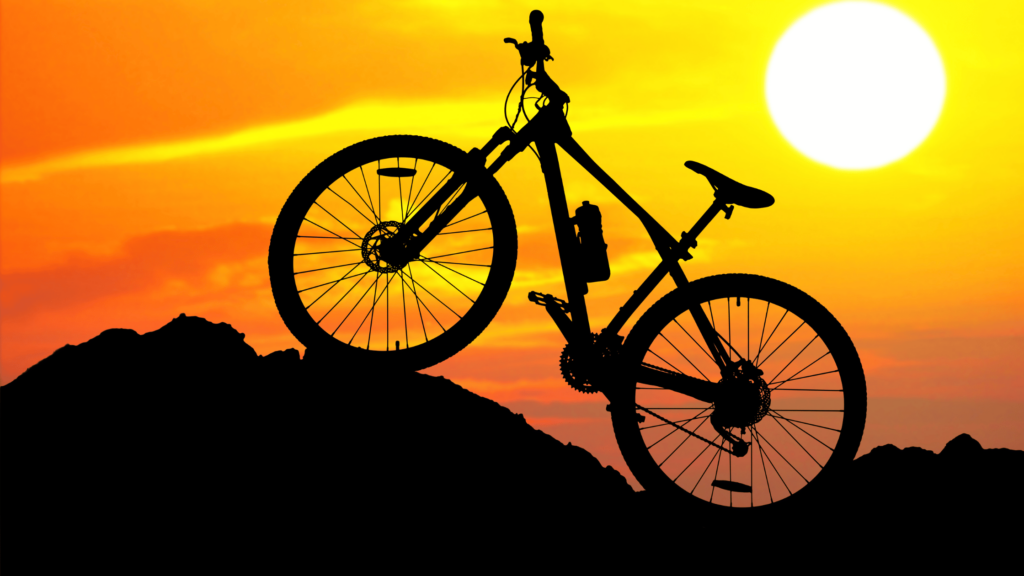 Posted by Mitch Belsley on May 6, 2024
Posted by Mitch Belsley on May 6, 2024
Discover U.S. national parks and rediscover your love of cycle-friendly open roads and trails
Our National Park Service boasts 63 supported parks, each with gorgeous and diverse landscapes meant to be traveled. One of the best ways to experience these vistas is on just two wheels. Cycling your way through the U.S. National Park Service is an incredible way to discover everything from sea to shining sea.
Gear up, lock in, and check out the best our parks have to offer for cyclists just like you.
Exploring the best bike trails in U.S. national parks
Biking through our national park service offers so much. There’s something for every cyclist, from hobbyist to triathlon trainee.
- The views. Rolling through the best bike trails in U.S. national parks offers a unique and exhilarating way to experience the beauty of these natural treasures. With hundreds and hundreds of miles of scenic trails, you can immerse yourself in the diverse landscapes and ecosystems that make each park special. From the rugged terrain of Yellowstone to the majestic red rocks of Zion, there’s a biking adventure waiting for every level of rider.
- The challenges. Many national parks provide designated biking trails, ranging from easy, family-friendly paths to challenging singletracks for experienced riders. You get to wind through dense forests, flat meadows, along rocky riverbanks, and up rocky inclines—offering you breathtaking views and opportunities to encounter wildlife. Whether you’re seeking a leisurely ride or an adrenaline-pumping descent, the variety of terrain in national parks caters to all biking preferences.
- The surroundings. One of the greatest benefits of biking in national parks is the opportunity to connect with nature on a more intimate level. Unlike driving or hiking, biking allows you to cover more ground while still feeling the wind on your face and the sun on your back. Stop along your journey to admire wildflowers, listen to birdsong, or simply take in the stunning vistas that unfold around every bend in the trail.
Whichever park you decide to explore by bike, you’re going to want to stop and take it all in—make sure to keep track of your gear with secure tech like GPS devices.
Crater Lake National Park
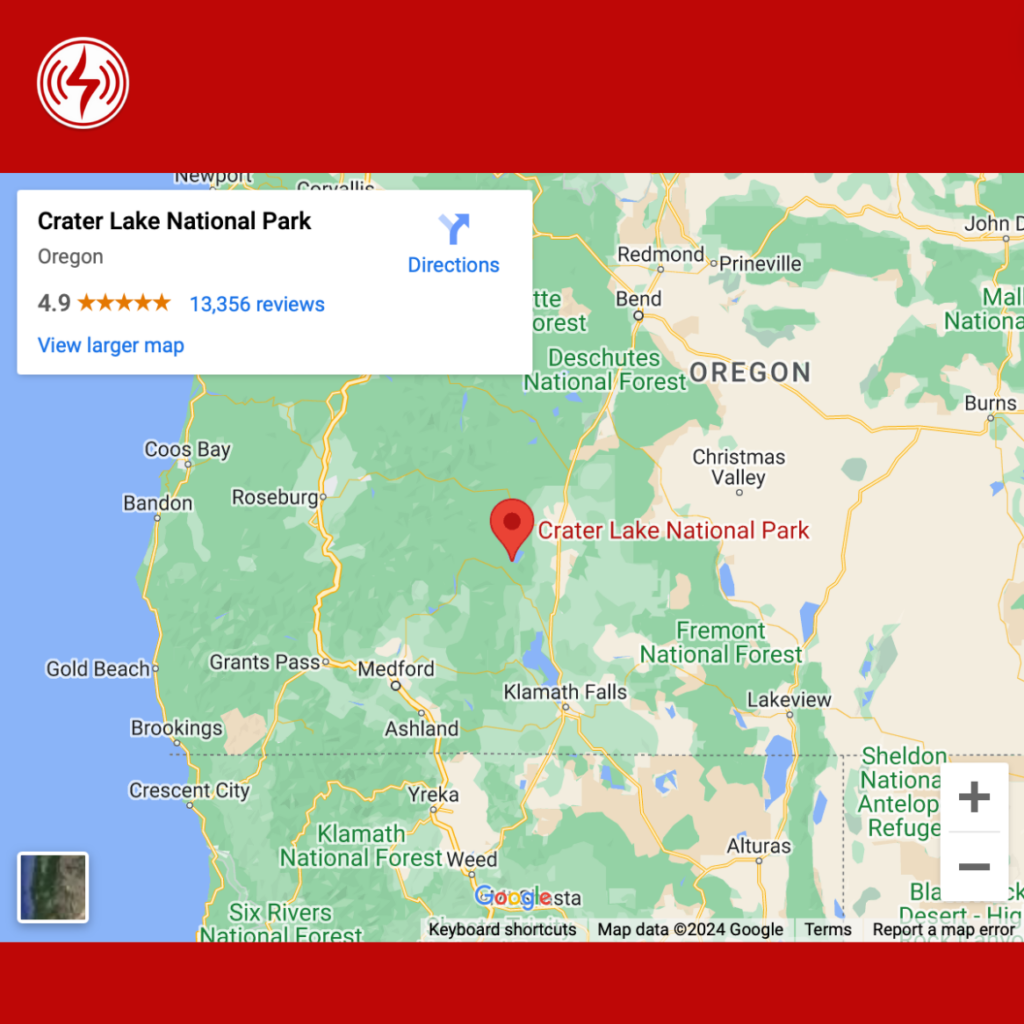
About 7700 years ago, a massive volcano erupted near Mount Mazama. A large, oval reservoir formed where Mount Mazama once stood and began taking on rainwater. Flash forward to today, and Oregon’s iconic Crater Lake National Park offers one of the best views for enthusiasts on two wheels.
The path is called Rim Drive, a 33-mile (53 km) demanding and steep road that offers its own unique challenges. You may face:
• Accelerated speeds downhill
• Narrow roads without shoulders
• Rocks
• Animals
• Road- and weather-related dangers
However, taking on the challenge offers you one of the most stunning natural formations in the U.S. for pictures, special moments, and justifiable awe.
If you’re wanting an off-road experience, Crater Lake has but one dirt road—Grayback Drive. For eight miles, enjoy the splendor of Crater Lake on unpaved, vehicle-free trail.
Grand Teton National Park
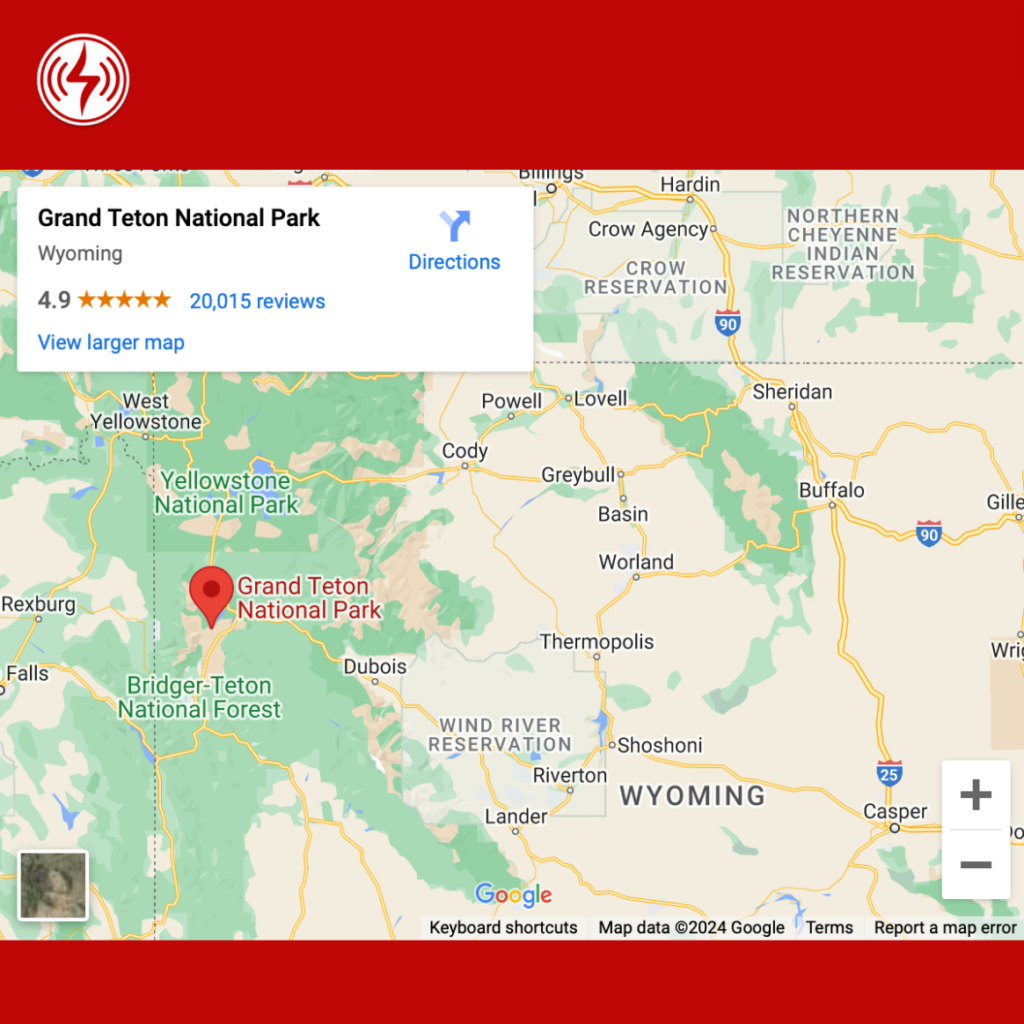
All roads (which are open to cyclists like you) lead to Jackson, Wyoming.
When it comes to the best U.S. national parks for cyclists, few compare to Grand Teton National Park. First, cycling through the park exposes you to some of the most majestic splendor that mountainous vistas can provide. The topography of the park showcases peaks that rise directly from the valley floor—this is an unusual and rare sight for cyclists.
Second, the park accommodates cyclists better than most. Unlike most parks, all roads in Grand Teton National Park are open to cyclists. This includes nearly 70 miles of multi-use paths, which are not open to commercial vehicles. That means worry-free, traffic-free open roads for you and all your friends on two wheels.
If you time your visit just right (usually around the beginning of April), you can enjoy a car-free stretch of The Teton Park Road, which offers the most stunning of views.
Acadia National Park
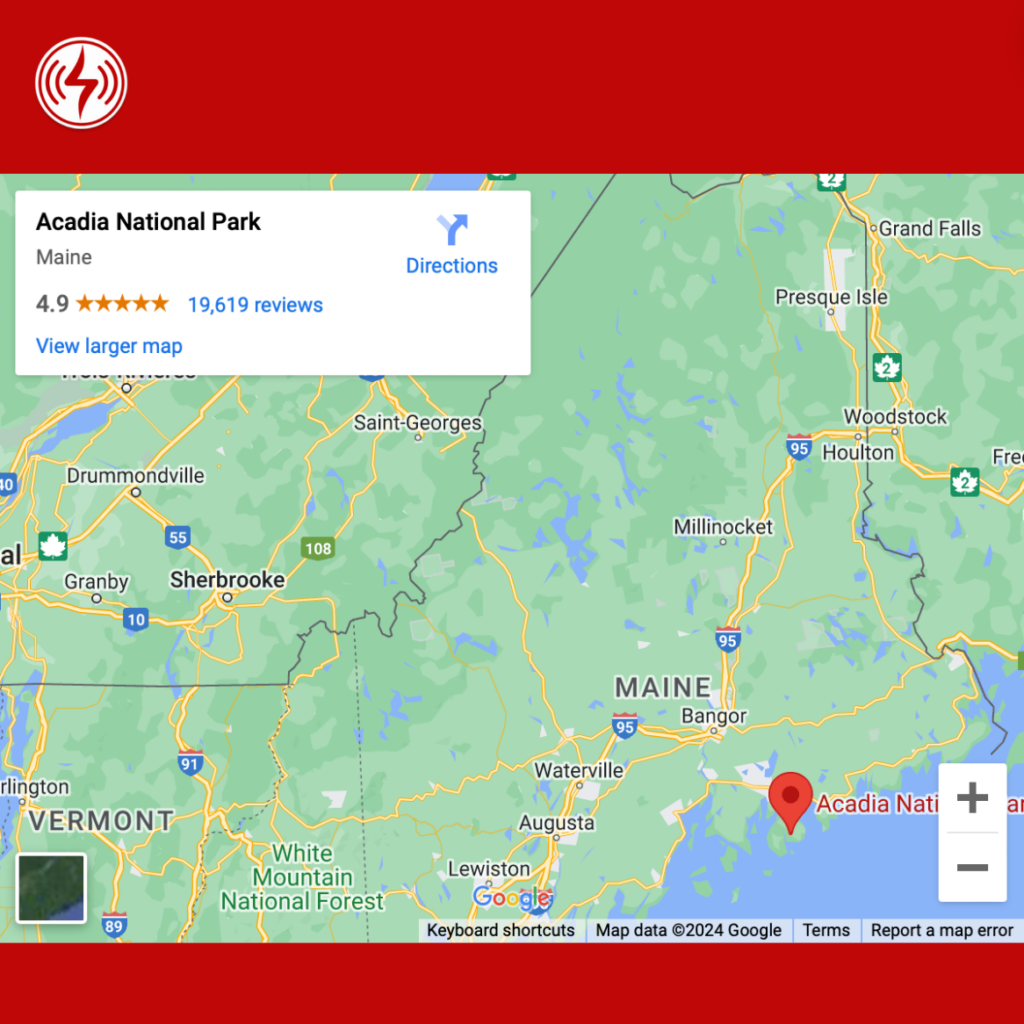
Often called “The Crown Jewel of the North Atlantic Coast, Acadia National Park boasts over 25 miles of historic roads, nearly 160 miles of hiking trails, and more. For cyclists like you, it offers over 40 miles of crushed-rock carriage roads closed to motorists. That means all the more terrain for you to explore.
If the Crown Jewel had a crown jewel, it would be Cadillac Mountain, which is where you want to be with your bike. Mount Cadillac is one of the first places you can see the sunrise in the U.S. each morning—that’s a view you just can’t miss if cycling-to-discover is your forte. Alternatively, soak up as many panoramic views of the Atlantic Coast as nature allows.
Pedal your way around Eagle Lake and learn why Bar Harbor, Maine is a must-see destination for cyclists like you.
Rocky Mountain National Park
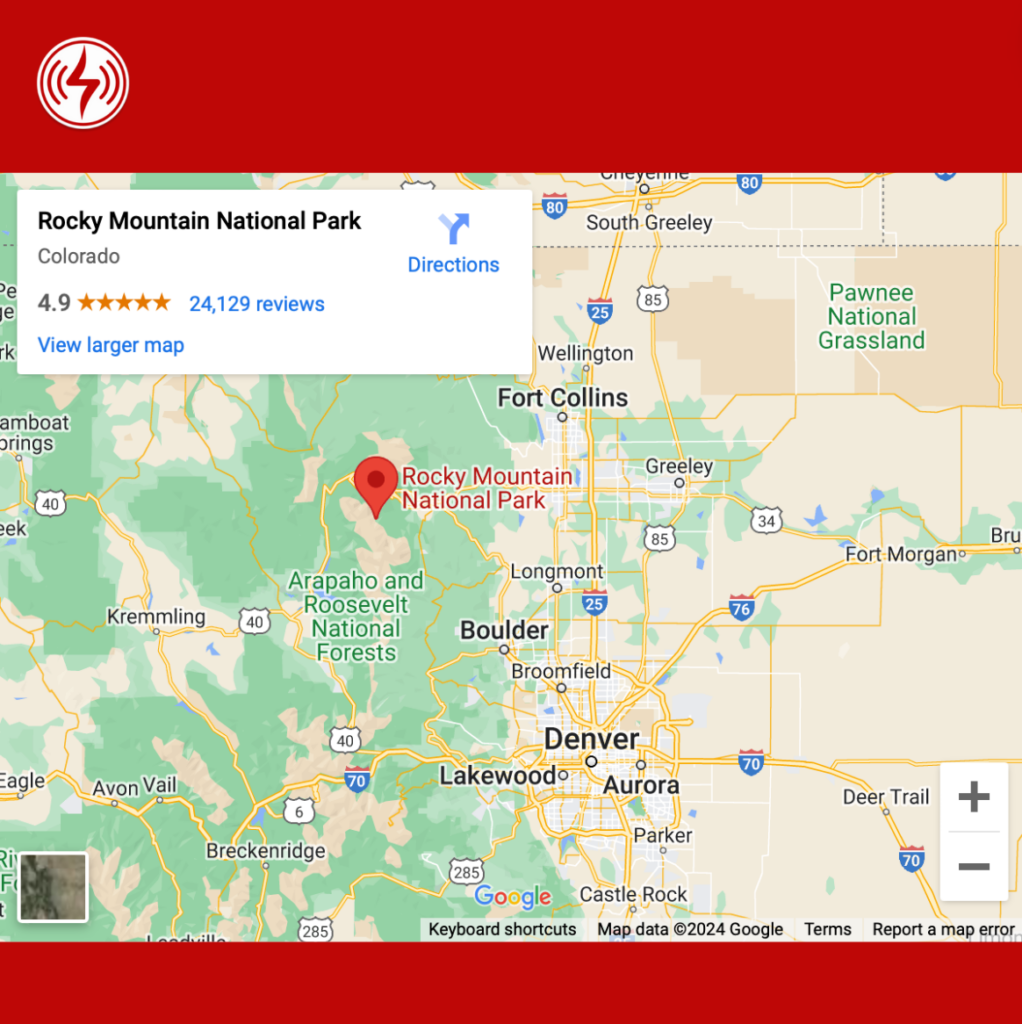
Nestled in the alpine parts of Colorado, Rocky Mountain National Park offers 415 square miles—that’s nearly 300,000 acres—of mountain environments. And within those 415 square miles winds over 300 miles of hiking trails, complete with plenty of soke-up-able nature and wildlife.
You’ll be looking for the Trail Ridge Road, which actually crosses the Continental Divide (so you do, too!). Soak up all the splendor of America’s alps along any of several stopping points along the road. Also—get ready to pedal hard and flex those calves: nearly 5 miles of bikeable road is at or above 12,000 feet in elevation. There are other roads, but some are closed to bikes, so plan ahead!
Speaking of planning ahead, one thing to note: each cyclist is required to purchase and carry a per-person entrance pass—or be covered by an annual or lifetime pass. All options require photo identification as well. These measures are meant to protect cyclists like you as well as fund our National Parks Service.
Make sure your vehicle is ready for intense terrain and protect it by tracking it with GPS.
Shenandoah National Park
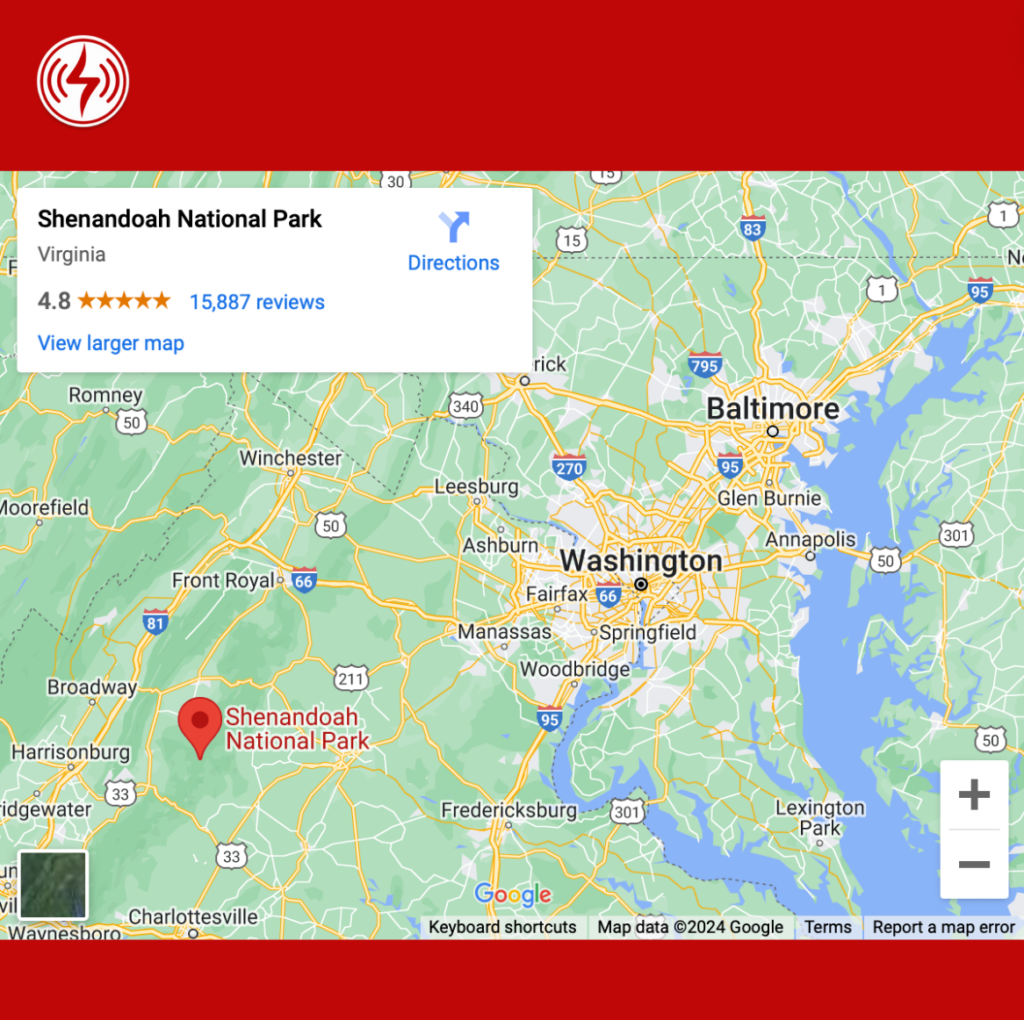
Oh Shenandoah, I long to hear you! And see. And bike. And experience. All of the above. Not far from our nation’s capital in Washington, D.C. shimmers over 200,000 acres of protected nature.
Getting you from here-to-there in Shenandoah is the 105-mile Skyline Drive, the park’s only road where cycling is allowed. Two entrances both lead you to:
• Hard climbs (up to 15,000 feet!)
• Quick descents (see above, but going down)
• Easy views
The Blue Ridge Mountains will cradle you as you pedal along Skyline Drive and the Blue Ridge Parkway, both limiting and even forbidding commercial traffic. That means it’s just you, your friends, and your wheels—what better way to enjoy 75 distinct scene views.
And if you’re really feeling adventurous, you can wheel right onto the Blue Ridge Parkway, which extends for nearly 475 miles and puts you right in another park: Great Smoky Mountains National Park.
Redwood National Park

Redwood National Park is actually a series of federal and California state parks that, like all national parks, provides protection to prairies, woodlands, rivers, and over 40 miles of ocean-spraying coast.
For cyclists, there’s a magical experience awaiting. Aptly named “Avenue of the Giants,” the most bike-friendly road surrounds you with a wondrous tunnel of old-growth redwood trees. With very little car traffic, the nearly 32-mile road offers several opportunities to stop and marvel at the towering colossi. You can even pedal your bike (or SUV carrying your bikes) through one of the redwoods.
While pedaling the park, also make sure you don’t miss:
• The nearly 1000-year old Immortal Tree
• A house built within a redwood
• Plenty of hiking opportunities
Redwood National Park is actually a series of federal and California state parks that, like all national parks, provides protection to its land and wildlife: prairies, woodlands, rivers, and over 40 miles of ocean-spraying, coastal habitats.
Going remote, staying connected
The U.S. National Park Service protects our vast wildlife and resources and provides us with unspoiled beauty, ready to be explored. The best bike trails in U.S. national parks give you access to this beauty and place you in areas of remote wonder. Make sure you stay connected to your bike and overcome the challenge of unfamiliar terrains with advanced GPS navigation tools, ensuring you don’t lose your way.
GPS tracking technology helps keep you connected, even in the most remote and beautiful areas our national parks have to offer. Happy cycling!
See how GPS technology offers detailed maps and terrain information—and empower you to explore with peace of mind.

